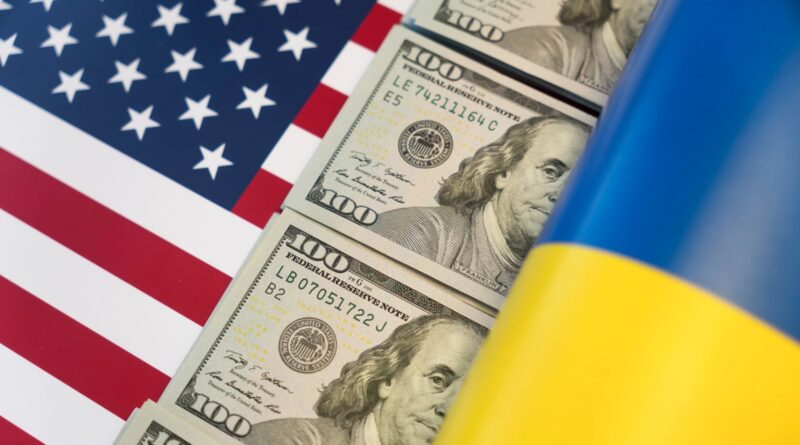Who’s Provided Ukraine with the Most Aid, and Does it Possess Enough Rare Earth Metals to ‘Repay’ the U.S.? | World News
What is the total financial assistance provided by the U.S., the U.K., and other countries to Ukraine since the onset of the Russian invasion? Furthermore, is there any expectation of receiving financial compensation in return?
These are crucial inquiries, likely to steer conversations in the months ahead, especially as Donald Trump urges his Ukrainian counterparts to negotiate a resolution to the conflict. Let’s explore some answers.
To start, determining who has contributed the most aid to Ukraine depends on the type of assistance being measured.
War update: Ukraine strikes minerals deal with U.S. – source
If we focus solely on military aid since 2022, the U.S. has delivered €64 billion, compared to €62 billion from European countries (including the U.K.).
However, when we factor in other forms of support such as humanitarian and financial assistance, European contributions surpass those of the U.S. (€132 billion in total compared to €114 billion from the U.S.).
Yet if we break down Europe into individual countries, none of them come even close to matching the aid provided by the U.S.
That being said, mere monetary figures are not the most effective gauge of a nation’s capacity to provide assistance.
If we examine U.S. support as a percentage of its gross domestic product (GDP), it amounts to 0.5% of GDP, which is almost identical to the aid from the U.K.
Viewed through this lens, other nations emerge as notably more generous: countries like Denmark, Estonia, and many in the Baltic region are contributing around 2% of their GDP— a significantly higher proportion relative to their respective financial capabilities.
Nevertheless, when compared to past expenditures in other military conflicts, the current aid amounts are minimal.
Historical instances like Lend-Lease during WWII, assistance during the Vietnam and Korean Wars, and even the first Gulf War entailed far greater financial commitments than what is currently allocated for Ukraine.
This observation applies not only to the U.S. but also to the U.K., Germany, and Japan, all of which provided more aid to Kuwait and other affected countries during the first Gulf War.
Nonetheless, it’s evident that the U.S. and others have committed substantial resources to Ukraine.
Recently, President Trump has mentioned the possibility of recouping $500 billion from Ukraine through revenues generated from the mining of rare earth metals.
This suggestion seems somewhat peculiar. Rare earth metals are a niche segment of the periodic table and have a limited yet crucial role in electronic and military manufacturing.
The entire market for these metals is quite small, making it unrealistic to expect that, even if Ukraine suddenly dominated the global supply, the president could anticipate such significant revenue.
Moreover, although Ukraine possesses several rare earth deposits, these resources have remained largely untapped for years. The high mining costs have made it difficult to devise a profitable extraction process.
Even if it were feasible, Ukraine would still find itself as a minor player in the global rare earth market.
Read more:
What minerals does Ukraine have?
Assuming, as is reasonable, that Donald Trump was referring not just to rare earths but to a broader category of “critical minerals” (though we won’t delve into specifics), there are indeed a few other promising mining locations in Ukraine.
Among these is an abandoned alumina plant previously owned by Russian oligarch Oleg Deripaska, as well as a substantial lithium resource that could potentially be the largest lithium mine in Europe, should everything align favorably.
Even so, Ukraine would likely remain a relatively minor contender in the global lithium market. Not insignificant, but certainly not transformative enough to yield the hundreds of billions Trump envisions.
Nevertheless, Ukraine possesses other resources, including vast coal reserves in the Donbas region and significant iron ore deposits in the southern part of the country.
Both these resources are located in or near areas occupied by Russia— which, from the Ukrainian perspective, could actually be advantageous. Though somewhat outdated, these resources do in fact generate considerable revenue and may represent Trump’s most viable avenue for seeking repayment.








